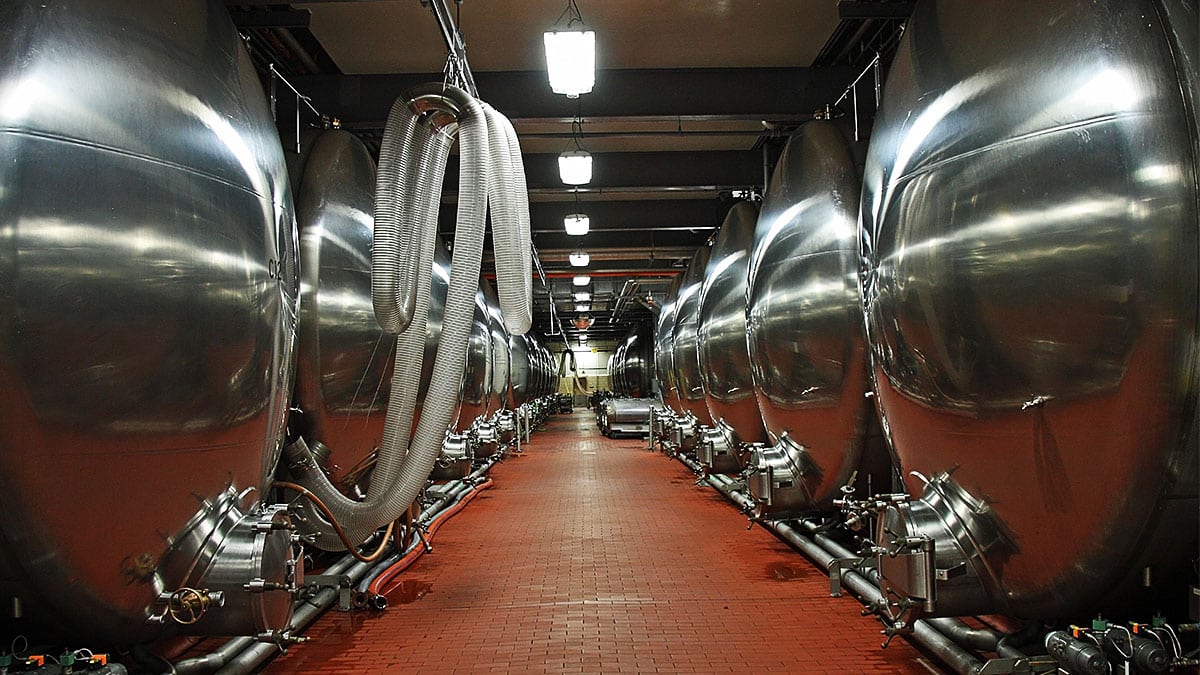A pressure vessel is a closed container that is designed to contain gases or liquids at a pressure that is much different from the pressure outside of said container. Because of the extreme difference in pressure between the contents of the container and the surrounding atmosphere, the correct design and construction of pressure vessels is an extremely important and high-risk task. With Computer Aided Design, the process of pressure vessel drawing is becoming more and more accurate, meaning that the vessels themselves are becoming safer and more efficient.
The most common examples of pressure vessels are things like compressed air receivers or hot water tanks. However, other examples of pressure vessels are can be as varied as pressure reactors, storage vessels for liquefied gases or even diving cylinders in submarines. In pressure vessels, the importance of keeping the contents safely pressurized is extremely serious. The tiniest flaw could lead to a disaster.
The design, manufacture, and operation of pressure vessels are all regulated by various engineering authorities. Because of this, what constitutes a pressure vessel can differ slightly from country to country, but all definitions involve specific and stringent parameters, like what constitutes a safe operating pressure, or optimum temperature.
While the design and conception of pressure vessels were traditionally done by hand drafting, in recent decades there has been an almost unanimous push for Computer Aided Design programs to take over for hands when drawing and drafting the vessels. This is largely because of their extreme accuracy and ease of use when compared to physical, hand-drawn specs.
CAD courses, you can learn the intricacies of the AutoCAD® software used to craft and create pressure vessels. A highly respected trade, pressure vessel drawing is increasing in demand exponentially as our need for storage of highly pressurized material is growing with our increased energy consumption.
Pressure vessel constructions have to comply with ASME Boiler and Pressure Vessel Code (BPVC) Section VIII and many requirements specific to the individual project, including welding specifications. It takes stringent and serious engineering CAD training to be able to understand and comply with all of the intricate specifications and design requirements that are needed to ensure the safe operation of a pressure vessel.
If you’re interested in learning more about pressure vessels, there are numerous volumes of technical manuals and informative guides designed to help you understand the intricate composition of pressure vessels. The OSHA Technical Manual provides technical information on pressure vessel types, cracking experience and safety assessments. Also from OSHA, the Guidelines for Pressure Vessel Safety presents an overview and information on metallic pressure containment in vessels and tanks. It also gives a rundown of design codes, construction materials, inspection, and testing.
Our CAD courses can help you understand the ins and outs of pressure vessel composition, industry standards, specifications, and guidelines. In no time, you could be responsible for keeping a team of ocean explorers safe or providing safe and environmentally friendly hot water tanks for homes.
As the technological application of Computer Aided Design continues to expand, so do the safety and efficiency of the pressure vessels it’s responsible for designing.



